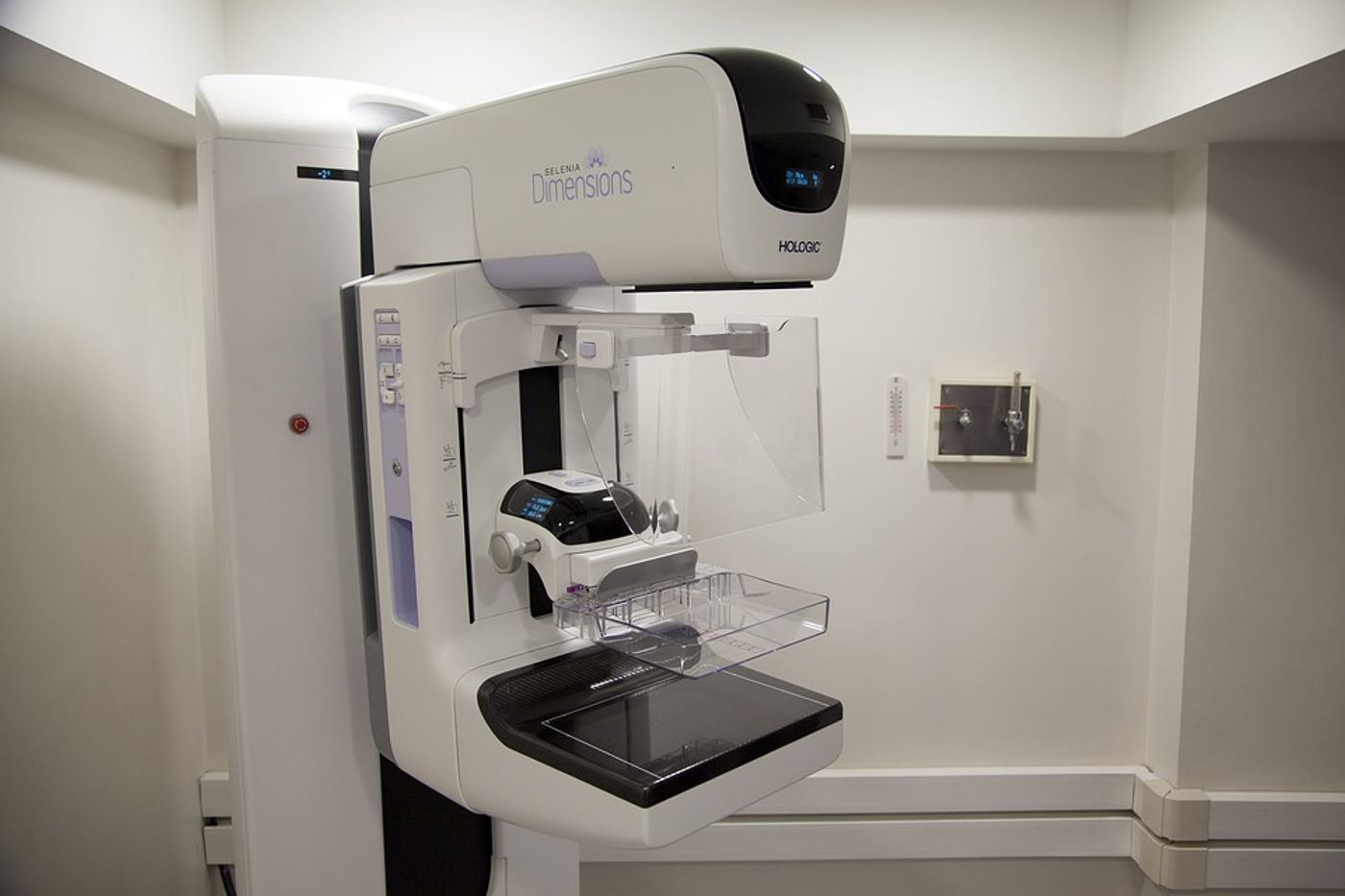Digital Screening Vital for Detecting Breast Cancer
A combination of two digital techniques could be the best way to diagnose breast cancer. In a new study, through medical imaging software, scientists show how combining a technique called tomosynthesis with digital mammography could maximize detection of breast cancer, especially for small and medium invasive cancers.
Digital breast tomosynthesis (DBT) is a relatively new, FDA-approved technique for detecting breast cancer, but mammography is still considered to be the standard of care for breast cancer screening. DBT is an “imaging technology using low-dose mammographic exposures to provide a 3D reconstruction of the breast.” DBT has been shown to be more sensitive than digital mammography, but in some cases scientists are worried that increased overdiagnosis of tumors that are not “clinically relevant” could outweigh the benefits of this new imaging approach.
As opposed to DBT, mammography is done by taking two X-rays of each breast from two different angles. Researchers have looked for alternatives to mammography because the procedure can be uncomfortable for women due to the compression of the breast, and the test runs the risk of missing tumors.
In the new study, researchers analyzed data from 9,777 women who received digital mammography and DBT and 9,783 women who received just digital mammography. They studied the sensitivity of each test and their recall rates. The recall rate is a measure of how many women return to the clinic for additional screening based on certain imaging results.
The study scientists found that combination screening detected 8.6 cancers per 1,000 cases, but mammography alone detected only 4.5 cancers per 1,000 cases. The recall rate was the same for both groups, 3.5 percent. In the combination screening group, DBT was clearly more sensitive than mammography: DBT detected 72 out of 80 total cancers detected.
However, scientists want to make sure that overdiagnosis as a result of DBT’s hyper-sensitivity doesn’t become too large of a problem. Coauthor Paolo Giorgia Rossi, PhD, also lists increased reading time as a huge issue, explaining that it could destroy the sustainability of publicly-funded screening programs.
"Implementing tomosynthesis in public screening programs would require rethinking protocols and reading technologies to reduce or eliminate the extra costs,” Rossi explained. Is DBT worth it?
"If these small cancers would never become life-threatening, then we are increasing overdiagnosis and not impacting mortality," Rossi concluded. "Thus, we need to have a measure of the impact of this higher detection rate on the incidence of advanced cancers and interval cancers in the following years."
The present study was published in the journal Radiology.
Sources: BreastCancer.org, Radiological Society of North America









